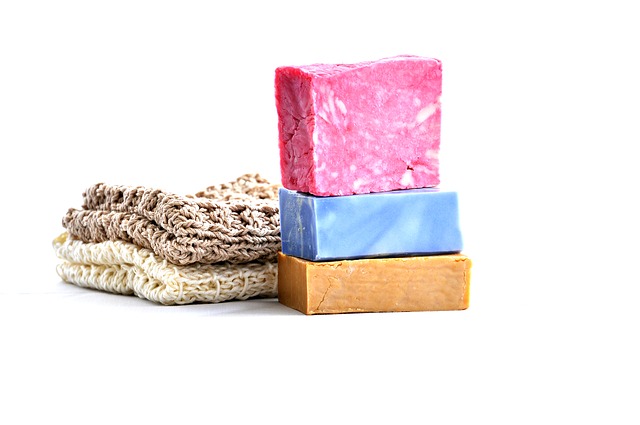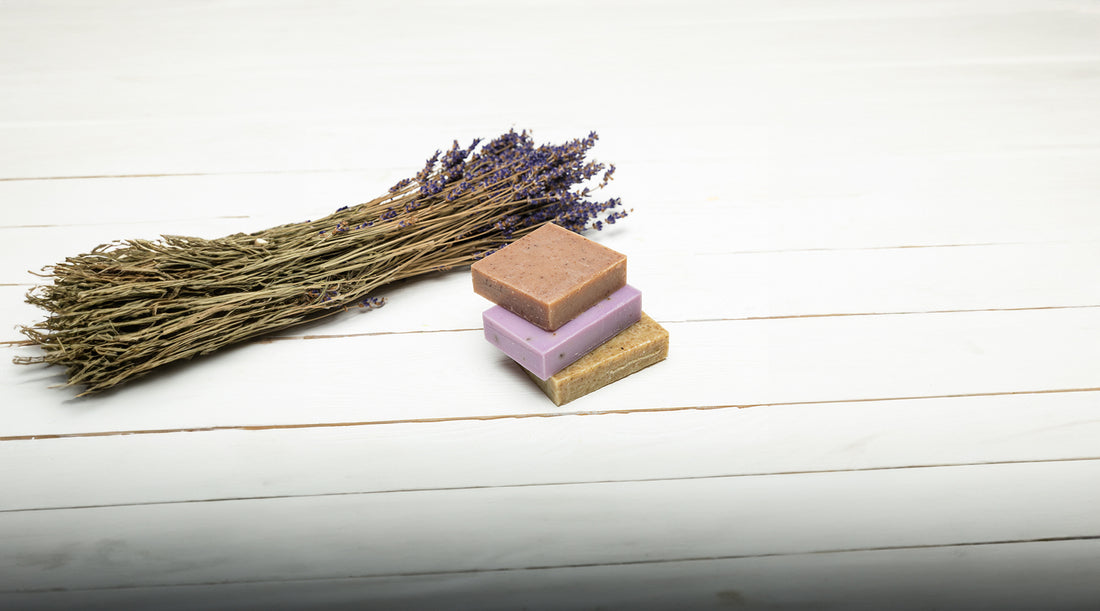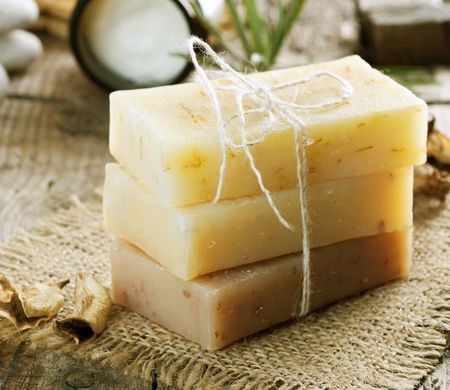 Well, the government is at it again (and, of course, not in a good way) – they’re attempting to make it extremely hard for preppers to make soap for survival.
Well, the government is at it again (and, of course, not in a good way) – they’re attempting to make it extremely hard for preppers to make soap for survival.
Homemade soap is a wonderful thing; it contains natural ingredients, often smells better than store-bought soaps and comes without the hefty price tag.
However, big corporations are trying to force homemade soap sellers out; the legislation they want to pass outright targets crafters/sellers of homemade soaps due to the fact that this popular business trend (there are about 250,000 sellers of homemade soap nationwide) is threatening to large corporations like Johnson&Johnson and L’Oreal.
If this legislation is passed, the FDA will aggressively police ingredients used in the homemade soap industry and will raise the cost of production so high it forces small businesses to close their doors.
Now, I’m a big believer in the saying “Don’t get mad; get even.” There’s not much getting ticked about this will do to better ourselves or the situation; however, I’m about to teach you how to fight back by learning how to make soap yourself instead.
Let’s face it, it’s only in your best interest to learn to make your own soap – since bad hygiene easily leads to disease and death (not to mention low morale), knowing this process could not only improve your chances of survival, but can also help prepare you for a SHTF situation.
After all, if grocery stores run out of stock in a crisis, you’ll be sittin’ pretty with your homemade soap and the ability to offer it at a high premium.
Note: Keep in mind good hygiene also includes having clean clothes – make sure you have a dependable on-the-go laundry system you can take with you in a crisis.
Easy Steps To Make Soap For Survival
Note: This is probably the easiest way to make soap – it’s the simplest method I’ve seen. Keep in mind you can substitute essential oils for thicker oils, butters and herbs. You are also free to experiment with fragrances (such as chamomile essential oil) to get the best scent for you.
1 – Things You Need
- Rubber gloves
- Safety goggles
- Vinegar
- Electric stick blender
- Plastic soap mold
- 24.4 oz Olive oil
- 6.83 oz Distilled water
- 3.14 oz Lye
- Fragrance (your favorite essential oil)
2 – Directions
While wearing the safety goggles and rubber gloves, add the lye to the distilled water (NEVER the other way around – it could explode!). Then, stir the mixture with a long spoon until it becomes clear (this will take a few minutes).
Note: Avoid getting lye on your body – it will burn your skin (hence the gloves). Although the vinegar isn’t combined with the soap, it is used to treat burns in case you get lye on you. Simply pour the vinegar on a lye burn (don’t wash it with soap and water).
Add the lye/water mixture to the olive oil in a large container, and mix it with the electric mixer until the liquid “comes to a trace” (meaning that when the soap drips from the mixer onto the surface of the liquid, it creates an indentation or “trace” before sinking back in).
Now add the fragrance (as much as you like) and blend in the rest of the mixture (make sure you still have a trace when you’re done).
Pour the mixture into the soap mold and cover with the mold top, as well as multiple towels to keep it insulated. Let it sit for 24 hours in a dry, warm place.
After 24 hours, remove the soap bars from the mold and let them cure on wax paper (turn occasionally) for 3-4 weeks.
It’s always helpful to have a visual, so here’s a video describing this easy process:
Remember how we talked about bad hygiene being one of the leading causes of disease, sepsis, and even death? Hygiene is no laughing matter and, especially when SHTF, it’ll be more important than ever to wash your hands (and any cuts/scrapes) with soap and water, to brush your teeth, and to shave.
Plus, nobody wants to be around someone with bad body odor in any situation, so it’s just good sense to keep yourself clean.


